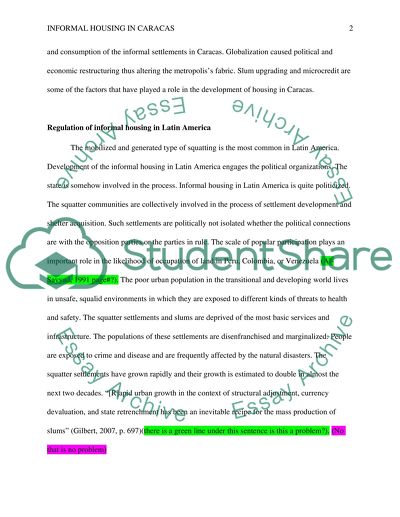Cite this document
(“Informal housing in Caracas Essay Example | Topics and Well Written Essays - 2000 words”, n.d.)
Retrieved from https://studentshare.org/miscellaneous/1620605-informal-housing-in-caracas
Retrieved from https://studentshare.org/miscellaneous/1620605-informal-housing-in-caracas
(Informal Housing in Caracas Essay Example | Topics and Well Written Essays - 2000 Words)
https://studentshare.org/miscellaneous/1620605-informal-housing-in-caracas.
https://studentshare.org/miscellaneous/1620605-informal-housing-in-caracas.
“Informal Housing in Caracas Essay Example | Topics and Well Written Essays - 2000 Words”, n.d. https://studentshare.org/miscellaneous/1620605-informal-housing-in-caracas.


